A committee of teachers and students organized events to celebrate Hispanic and Brazilian Heritage Month. The celebrations showcased diverse groups of cultures and celebrated their individuality as well as similarities between them. “This Hispanic community has been growing a lot and it’s going to help our community because it’s important for students to know about our Hispanic and Brazilian communities in the school,” Spanish teacher, Lucila Berdugo said. In collaboration with the HOPE club (Hispanic Organization Promoting Education), an hour-long program was also organized by college adviser, Mrs. Gorman and counselor, Mrs. Eraydin. During the program, students displayed a presentation of Quinceanera dresses, traditional dances, and band performances. The keynote speaker, Mr. Garcia Jr. (father of Mr. Garcia III, College, and Career Academy CEO), told students to find pride in their heritage and to build character. He ended by encouraging students to explore their options at this “pivotal time in life.” “You have every opportunity to everything or anything you want to do,” Garcia said.

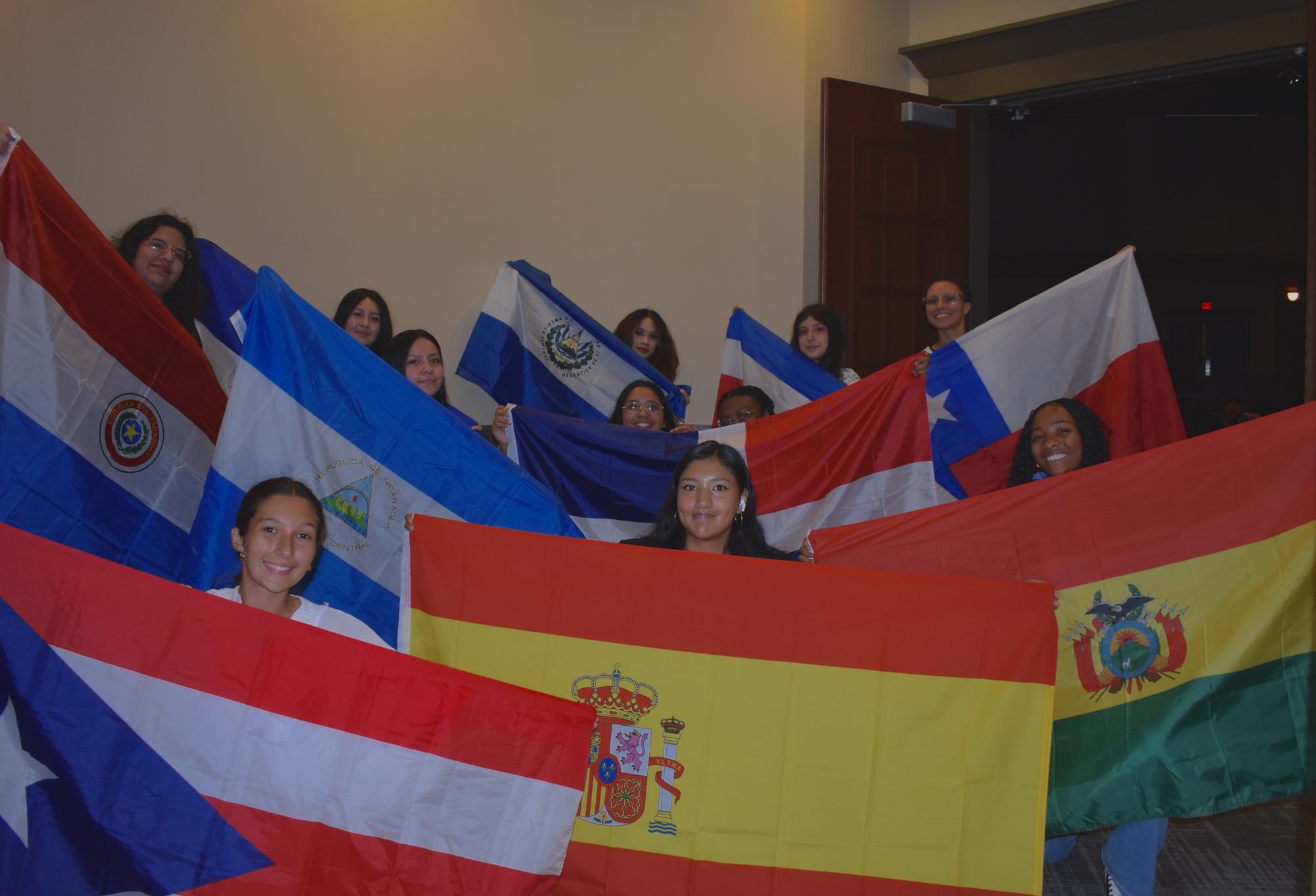
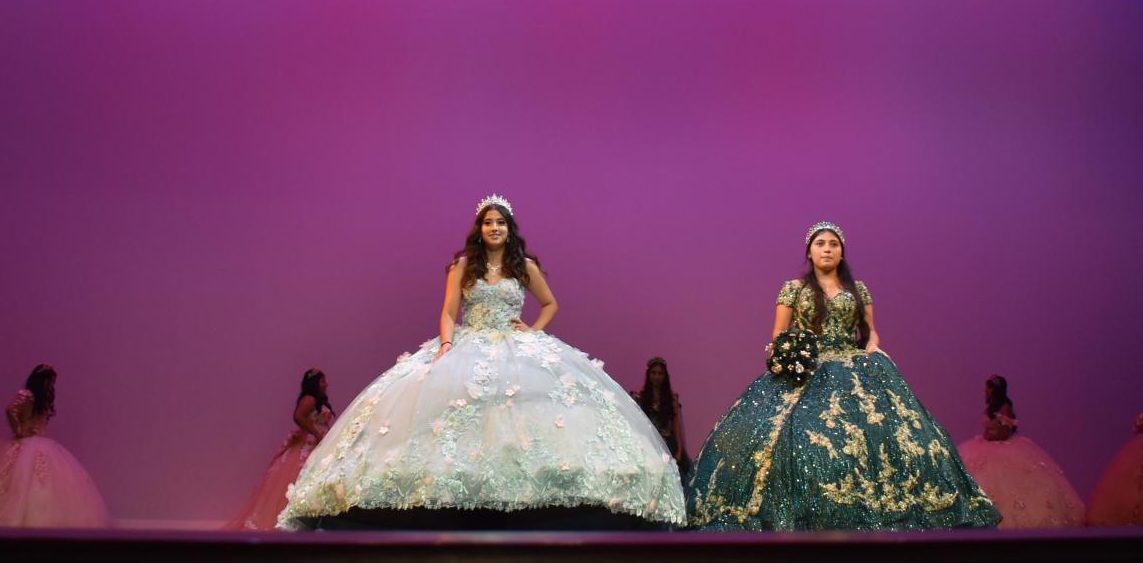
Marietta High School has a diverse range of students from all across the world. Specifically, the majority of the student population is Hispanic or Brazilian. 39 percent of students are Hispanic. Teachers and administrators who are also Hispanic decided to have a celebration recognizing these cultures during Hispanic and Brazilian Heritage Month. Teachers got together and invited students of all ages to participate in a showcase displaying their culture to the rest of the school. Spanish teacher Lucila Berdugo has thoroughly enjoyed planning this celebration. “It’s a celebration because it’s the diversity that we have in the school and that’s important for us to take everybody accountable,” Berdugo said. One specific aspect of culture they enjoy highlighting is the Quinceanera, a celebration of a girl’s 15 birthday and her introduction into womanhood. This tradition started back in the Aztec era of Mexico where a girl was considered ready for marriage at the age of 15. Over time, it developed into more of a celebratory event of when a girl becomes a woman. With its origins in Mexico, the quinceanera is still celebrated today worldwide. Traditionally, the girl, her family, and her court (a group of both males and females she has chosen to accompany her) attend Catholic mass beforehand to receive a blessing and renew the baptismal vows. After this, the official celebration can commence. During the ceremony, there are many dances, both traditional and not, with the girl and her family as well as the court. Another big part of the quinceanera is the dresses. Traditionally, they are large ball gowns symbolizing the reach of maturity in the celebration. Today there are some spins on the traditional quinceanera, however, the celebration and ceremony mostly remain the same from quince to quince.
Spanish Translation – Lucila Berdugo
Marietta High School tiene una gran variedad de estudiantes de todo el mundo. Para ser mas especifico, la mayoría de la población es hispana o brasileña. 39 por ciento de los estudiantes se identifican como hispanos. Por este motivo, los profesores y administradores que también se identifican como tales decidieron celebrar estas culturas durante el Mes de la Herencia Hispana y Brasileña. Los profesores se reunieron e invitaron a los estudiantes de todas las edades a participar en una muestra de su cultura para toda la escuela. La profesora de español Lucila Berdugo ha disfrutado mucho de la planificación de esta celebración. “Es una celebración porque tenemos una gran diversidad en la escuela y es importante para nosotros que todos se sientan incluidos” Berdugo dijo. Un aspecto específico de la cultura que disfrutan destacar es la Quinceañera, una celebración del cumpleaños número 15 de una niña y su introducción a la edad adulta. Esta tradición comenzó en la era azteca de México, donde se consideraba que una niña estaba lista para el matrimonio a los 15 años. Con el tiempo, se convirtió en un evento mayor para celebrar, representando el momento en que una niña se convierte en mujer. La quinceañera, que tiene su origen en México, se sigue celebrando hoy en día en todo el mundo. Tradicionalmente, la niña, su familia y su corte (un grupo de hombres y mujeres que ella ha elegido para acompañarla) asisten a una misa católica de antemano para recibir una bendición y renovar los votos bautismales. Después de esto, puede comenzar la celebración oficial. Durante la ceremonia, hay muchos bailes, tanto tradicionales y no tradicionales, con la niña y su familia, así como con la corte. Otra parte importante de la quinceañera son los vestidos. Tradicionalmente, son grandes vestidos de gala que simbolizan la madurez en la celebración. Hoy en día, existen algunas versiones de la quinceañera. tradicional, sin embargo, la celebración y la ceremonia siguen siendo en su mayoría las mismas de generación en generación.

Jannet Delgadillo is a junior and had the opportunity to be a part of the HBHM celebratory program this year. She enjoyed celebrating her heritage and showing the rest of the school why it is so special to her.
How long have you participated in the Hispanic Heritage Month celebration?
“I began participating last year and I had only presented my dress, this year I participated in both the quinceañera dresses and the dances.”
What does it mean to you that Marietta does the celebration?
“I appreciate Marietta’s celebration of Hispanic Heritage Month as it recognizes the contributions and rich cultural heritage of the Hispanic community. It’s a powerful event that shows how us Hispanic communities have fun and just helps others experience our heritage.”
Why do you think Marietta highlights the quince dresses?
“Quinceañeras hold immense cultural significance as they mark the transition of a young girl into womanhood, symbolizing her journey, values, and responsibilities within the community. This celebration is not just a party; it encompasses family, tradition, and cultural heritage, fostering a sense of identity and belonging.”
What do you hope students get out of the celebration?
“I hope students gain an understanding and appreciation of Hispanic culture and traditions through the celebration. I hope they feel inspired to embrace diversity, foster inclusivity, and engage in meaningful conversations about identity and heritage. Ultimately, I want them to recognize the importance of celebrating differences as a way to build stronger, more connected communities in Marietta.”
What is your favorite part of the quince dress?
“My favorite part of the Quince dresses was definitely getting ready with all the other girls and connecting through our mark of being a young woman in the Hispanic community.”
Do you have a favorite part of the celebration?
“My favorite part of the Hispanic celebration was dancing because I personally love to dance and it’s a big part of our heritage.”
Your donation will support the student journalists of Marietta High School. Your contribution will allow us to purchase equipment and cover our annual website hosting costs.



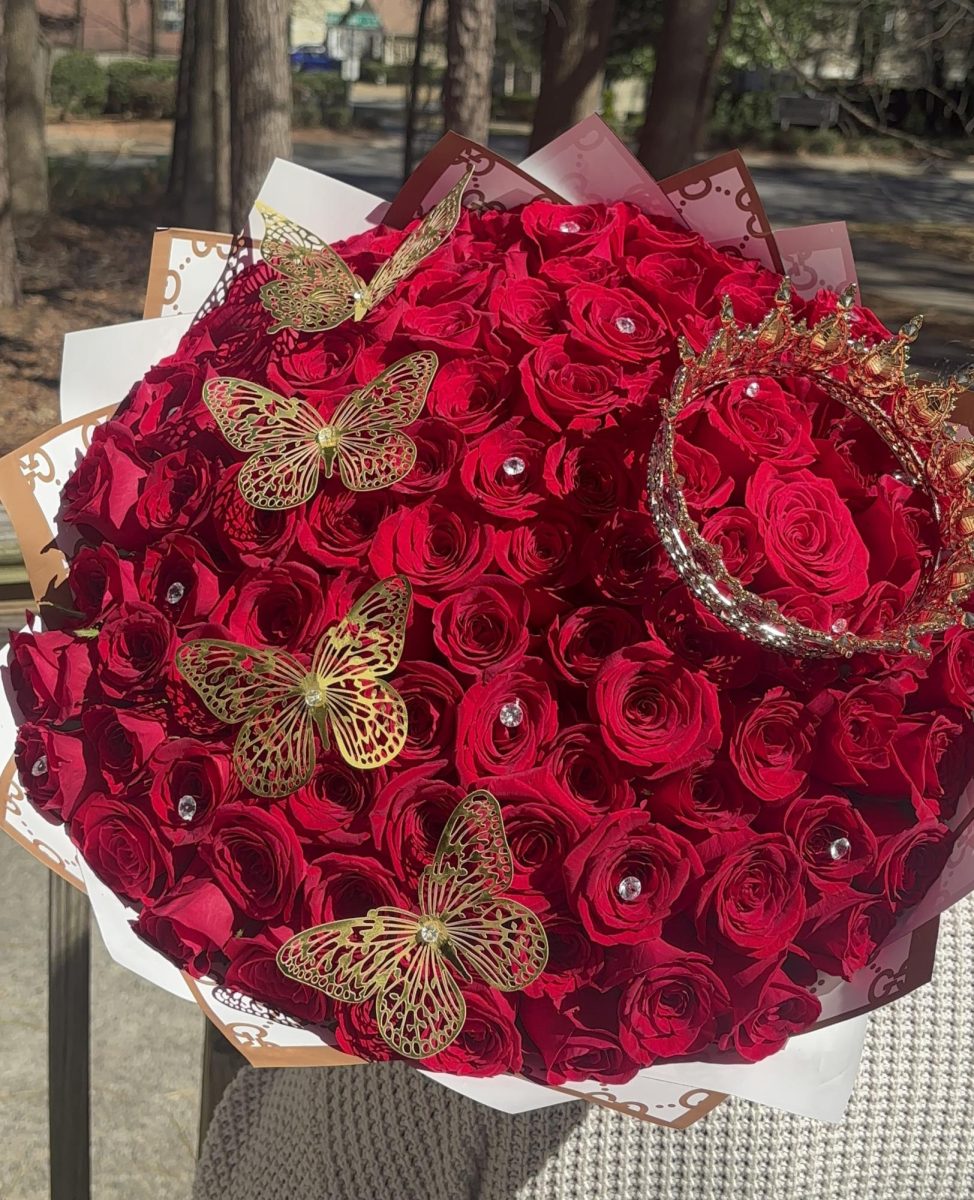
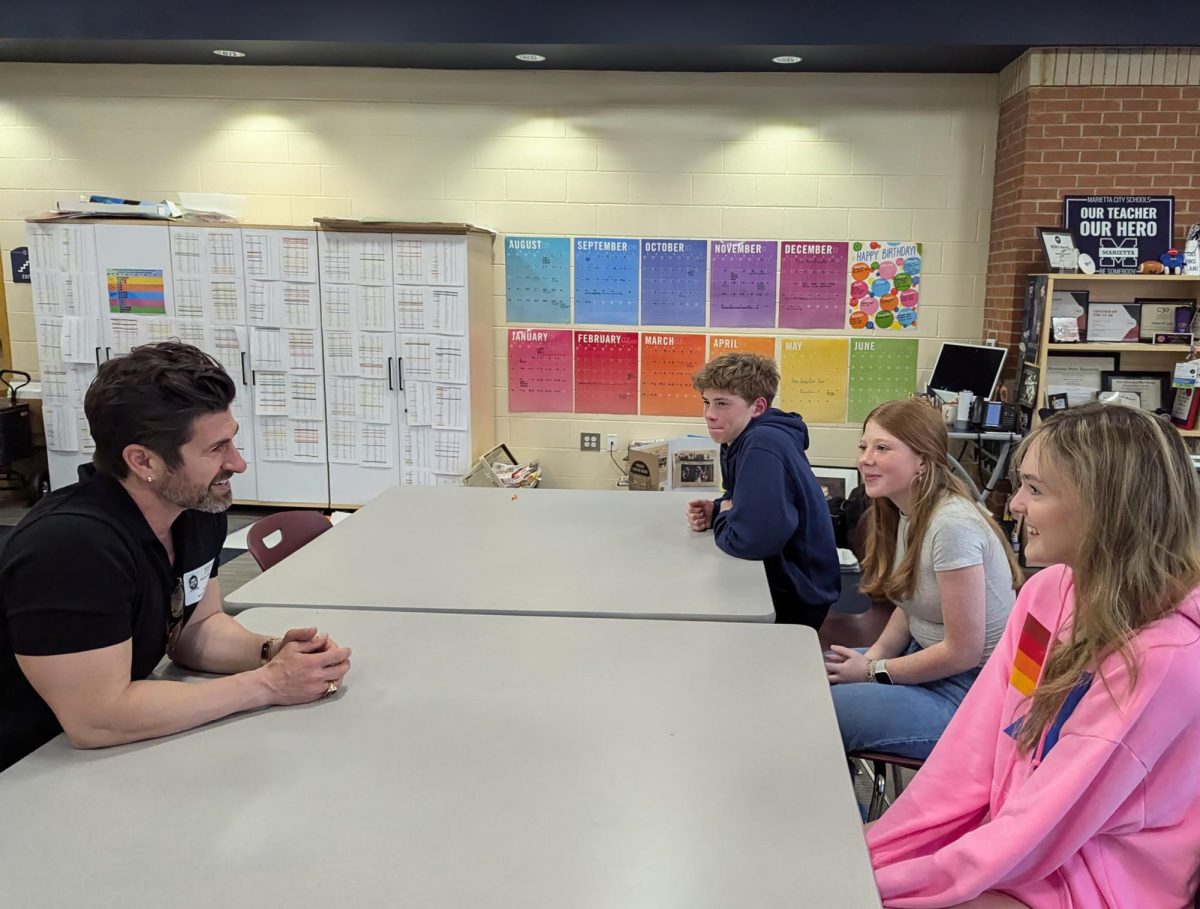

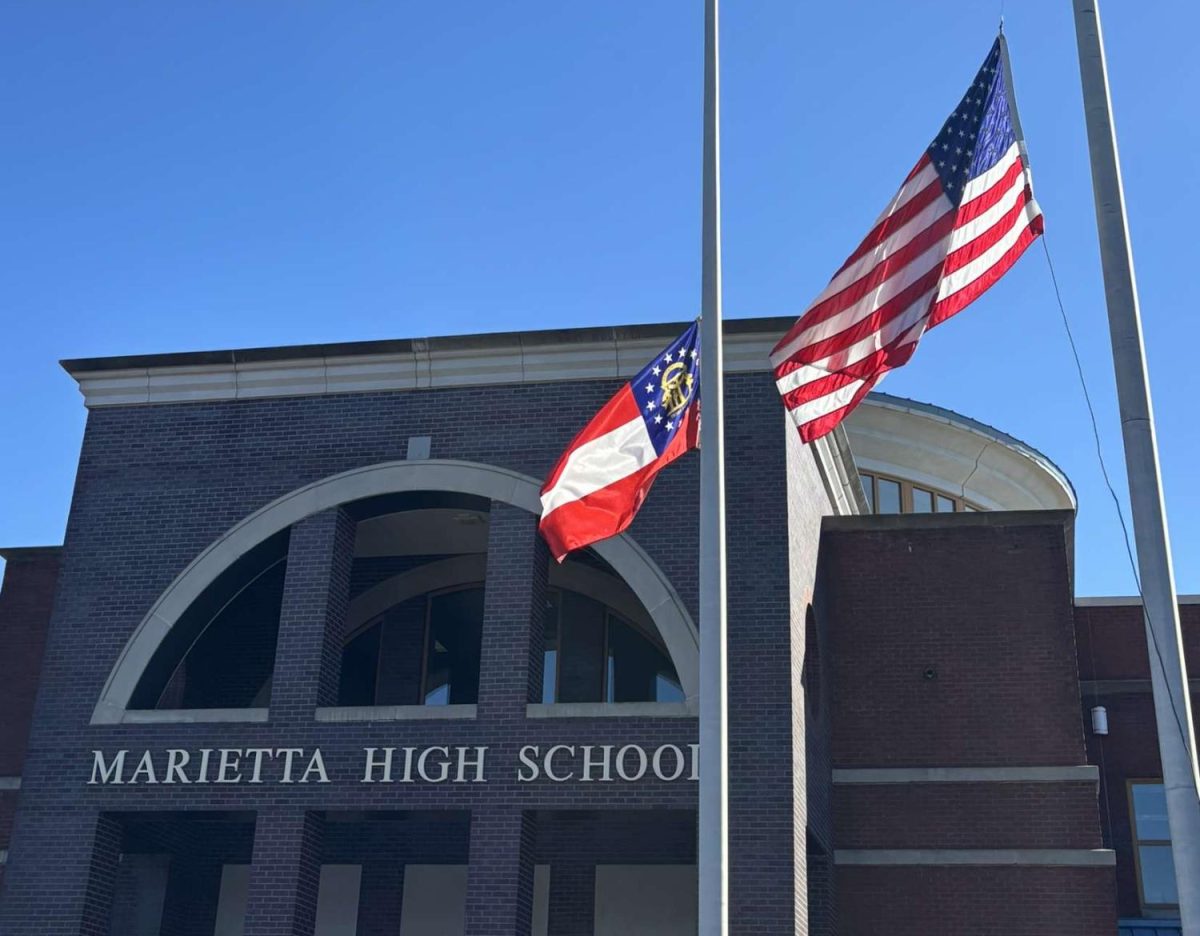

View Story Comments